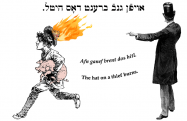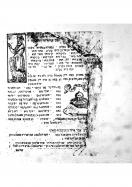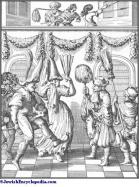(68 results found)
A Gneyve - A Yiddish Song of Theft and Poverty
… was born in Belz, Bessarabia, and sang on Italian and Russian opera stages. At the advice of the poet Haim Nahman … Melodies: Volume 9 The Folk Song of the East European Jews . Leipzig: Friedrich Hofmeister. Noy, Dov and Meir Noy. …
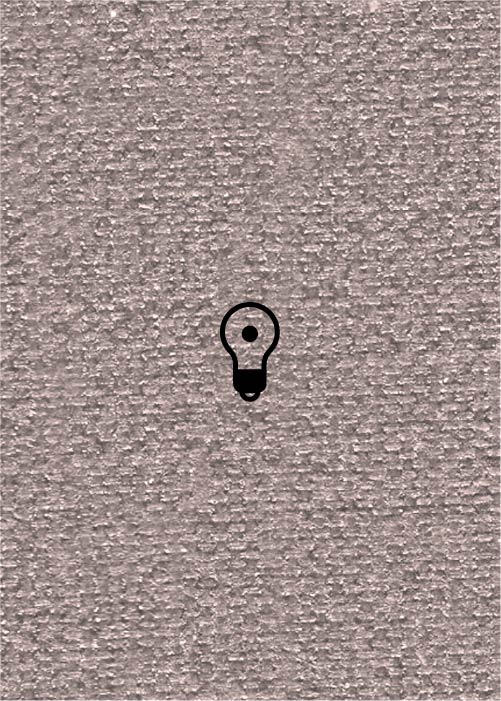
Vals (LKT)
… 1982, p. 533] . “The waltz was also popular among Jews and was danced exclusively at weddings.” Beregovski … Bulgar, Pas d’Espagne , Vingerka , Waltz , forms of popular Russian, Polish, and Rumanian dances.” EncyJud 1971, p. 1266 … padekater, quadrille, polka, waltz, etc... played for both Jews and non-Jews.” Feldman 1994, p. 10 . “A ‘kozak’ [and …
Ehad mi Yodea - Its sources, variations, and parodies
… it is originally a Jewish or a non-Jewish song adapted by Jews; 2) If it is of Jewish origin, did it originated in … parody, H assidic, and satirical versions in Yiddish and in Russian appeared in the Eastern European communities. The … of “E h ad mi yodea” that were later adopted by Ashkenazi Jews. Sharvit (1972) claimed that since the Eastern versions …
Hag Purim – The story behind its melody
… ensemble. The melody was incorrectly attributed to the Russian Jewish composer Joel Engel in a setting of a German … sung in informal settings, the word 'La-yehudim' (for the Jews) is changed to 'La-yeladim' (for the children). Yet, in …

Sher
… in the Jewish repertoire, similar to a square dance or a Russian quadrille.” Alpert 1996b, p. 59 . (Musical notation … and Kherson regions). Was the šer known only to Ukrainian Jews? Certainly not. Although we have no data from the … it does mean that it was not known there previously. The Jews could not have adopted the dance from the Ukrainians …

Polka
… p. 226 (#221) . “I am glad to dance a polka.” [Minsk, Russia, pre-World War II]. Cahan 1957, p. 231, (#235) . … padekater, quadrille, polka, waltz, etc... played for both Jews and non-Jews.” Feldman 1994, p. 10 . “‘R. Siminovitz, with a …

Pas d’espagne (LKT)
… Bulgar, Pas d’Espagne , Vingerka , Waltz , forms of popular Russian, Polish, and Rumanian dances.” EncyJud 1971, p. 1266 … padekater, quadrille, polka, waltz, etc...played for both Jews and non-Jews.” Feldman 1994, p. 10 . “ The Quadrille and Lancelot, …

Mazurka (LKT)
… and mazurkas and waltzes [which were popular] in the ‘30s. [Russia and Poland, 1930s].” Alpert 1996a, pp. 16-17 . … tunes of non-Jewish origin played by klezmorim for non-Jews, and also, at times, for Jews within a limited geographical region (such as the …

Quadrille (LKT)
… padekater, quadrille, polka, waltz, etc...played for both Jews and non-Jews.” Feldman 1994, p. 10 . “We find in a memorial book of … : derived from the national dances of other countries (Russia, Poland, Roumania, etc.).” Lapson 1943, p. 461 . …
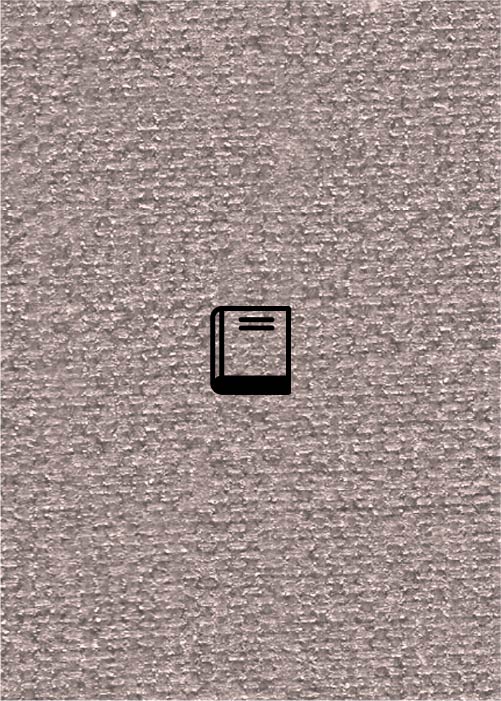
Popular Poetry of the Russian Jews
… York … Americana Germanica … … 2:2 … 1989 … Jewish poetry … Russian jewry … Ashkenaz … Leo Wiener … Popular Poetry of the Russian Jews …

